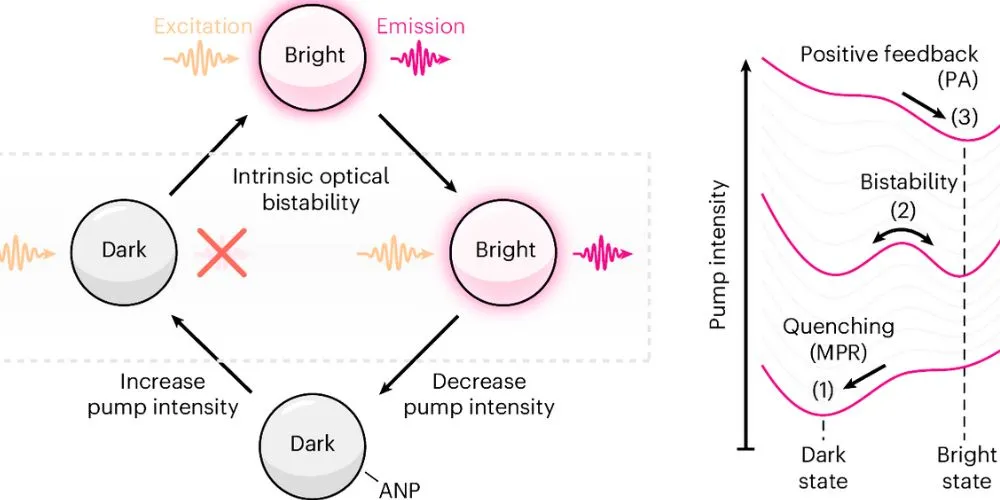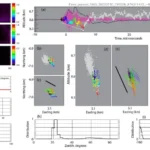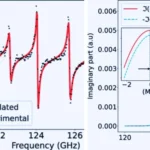Key Points
- The discovery of bistable luminescent nanocrystals enables faster, energy-efficient optical computing.
- KPb₂Cl₅ nanocrystals doped with neodymium ions exhibit remarkable light-emission properties.
- Optical bistability allows nanocrystals to switch between bright and dark states under the same conditions.
- Low-power switching aligns with global energy-efficiency goals for AI and data processing.
Researchers have achieved a significant milestone in advancing artificial intelligence and data processing by discovering luminescent nanocrystals capable of rapidly switching between light and dark states. This breakthrough could accelerate the development of optical computing, which leverages the unmatched speed of light particles to process and store information.
The study, published in Nature Photonics and involving experts from Oregon State University, Lawrence Berkeley National Laboratory, Columbia University, and the Autonomous University of Madrid, focuses on avalanching nanoparticles. These nanocrystals, measuring mere billionths of a meter, exhibit extraordinary non-linear light-emission properties. A slight increase in laser intensity can dramatically increase their light emission.
The team examined nanocrystals made of potassium, chlorine, and lead, doped with neodymium ions. These KPb₂Cl₅ nanocrystals, while inert to light on their own, enable neodymium ions to process light signals efficiently, making them promising for optoelectronics and laser technologies. Intriguingly, these nanocrystals display optical bistability—they can exist in either a bright or dark state under identical laser conditions.
According to Oregon State University’s Artiom Skripka, this unique bistability is a critical step toward creating photonic integrated circuits that could surpass the performance of current electronic systems. The crystals’ low-power switching ability offers a path to reducing the energy demands of artificial intelligence, data centers, and electronic devices, aligning with global sustainability goals. Skripka likened their behavior to riding a bike: higher energy is needed to start luminescence, but much less is required to maintain it.
This research holds potential for improving AI algorithms and data analysis and promises advancements in telecommunications, medical imaging, and environmental sensing. While scalability and integration with existing technologies remain challenges, the findings underscore the transformative potential of fundamental research in driving innovation and economic growth.










